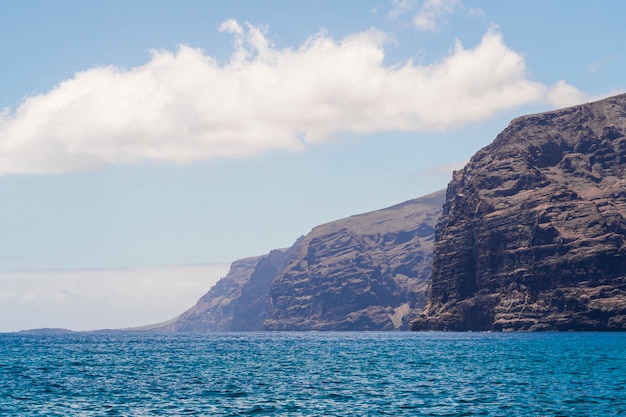
Curious about the best spots to visit in the Canary Islands? This Spanish archipelago sits in the Atlantic Ocean, just off the coast of Africa. It comprises seven main islands—Tenerife, Fuerteventura, Gran Canaria, Lanzarote, La Palma, La Gomera, and El Hierro—along with several smaller islands and islets. Although all the islands have volcanic origins, each one has its own unique character and stunning beauty, making them some of the most breathtaking destinations in the world.
The Canary Islands are a favorite beach destination for Europeans due to their proximity to Europe and the often affordable travel costs. Wondering what to see while you’re there? Here’s a guide to some must-visit places in the archipelago.
Mount Teide, a volcano on Tenerife, stands at 3,718 meters, making it the highest point in Spain and the fourth-highest volcano in the world. Tenerife, being the most popular island, draws many tourists to Mount Teide, which is part of Teide National Park, a UNESCO World Heritage Site. The volcano creates two distinct climate zones on the island, often earning Tenerife the nickname of “miniature continent.” You can either hike up the volcano or take the Teide Cableway, which travels from the base to the top station at 3,555 meters in just eight minutes.
Santa Cruz de Tenerife serves as the island’s administrative center and a significant port city. It’s renowned for its well-preserved old town buildings and the annual Carnival of Santa Cruz de Tenerife, one of the largest carnivals in the world held in February and March. Not far from Santa Cruz, you can visit Playa de las Teresitas, a popular beach known for its beauty.
Lanzarote, although almost devoid of vegetation, boasts a stunning volcanic landscape. It’s considered one of the most picturesque islands in the archipelago. Timanfaya National Park is a highlight, featuring the Montanas del Fuego, a mountain that erupted in the 1730s, covering Lanzarote’s valleys with volcanic rock and lava. The remnants of this eruption are now a top attraction. Nearby, the sleepy village of El Golfo houses Lago Verde, an emerald-green crater lagoon created by an underwater volcano. The Caldera Blanca hiking route, starting from Our Lady of Sorrows Church, offers another fantastic way to explore Lanzarote’s volcanic terrain.
Corralejo, located on the northeast coast of Fuerteventura, is one of the island’s main holiday destinations. Declared a UNESCO biosphere reserve in 2009, Corralejo is home to Parque Natural de Corralejo, with its endless sand dunes leading to the ocean, and Grandes Playas (Big Beaches), some of the most beautiful beaches in the Canary Islands. From Corralejo, you can also enjoy views of nearby Lanzarote and Isla de los Lobos and use it as a gateway to these islands.
The Jandía peninsula in Fuerteventura is another scenic gem, featuring the renowned beaches of Costa Calma and Jandía. These beaches are known for their fine white sand, clear blue water, and high waves, making them a paradise for surfers. The remote village of Cofete, located on the western part of the peninsula, offers the wildest and most untouched beach on the island, accessible mainly by rental car.
Roque Nublo in Gran Canaria is a towering 60-meter basalt monolith atop a 1,700-meter peak formed by a volcanic eruption 4.5 million years ago. It offers spectacular views and is surrounded by other unique rock formations like Roque del Fraile and La Rana.
La Caldera de Taburiente on La Palma is a massive crater formed by several powerful eruptions, with walls reaching up to 2,000 meters. The area has numerous walking trails providing sweeping views and no road access, so be sure to carry enough water and snacks. The Roque de los Muchachos viewpoint offers some of the best vistas, where, on clear days, you can see Tenerife, La Gomera, and El Hierro in the distance.
Finally, diving and snorkeling are fantastic activities in the Canary Islands, thanks to the clear blue waters and rich marine life. Whether you’re a beginner or an expert, the underwater world here offers an unforgettable experience.